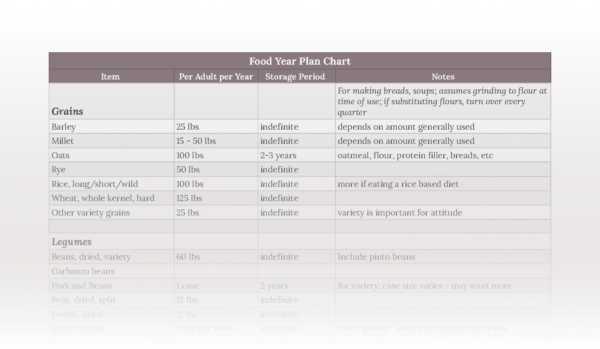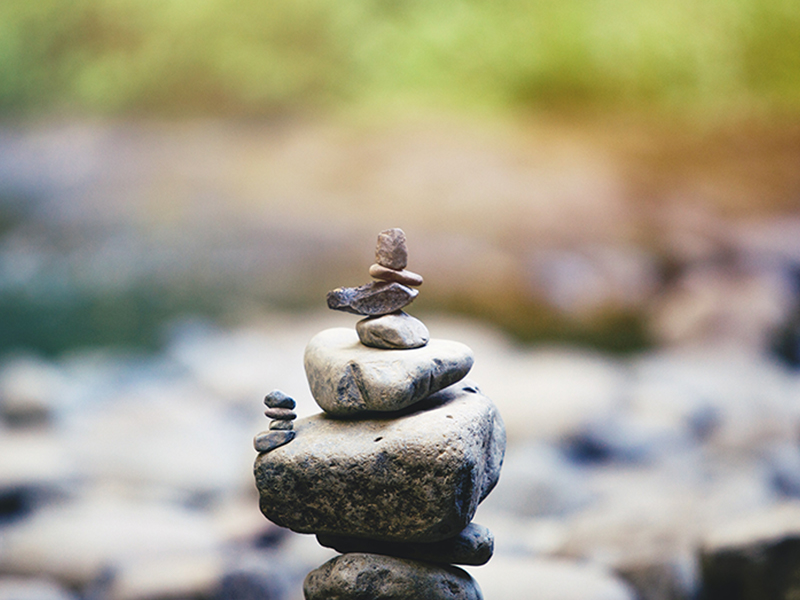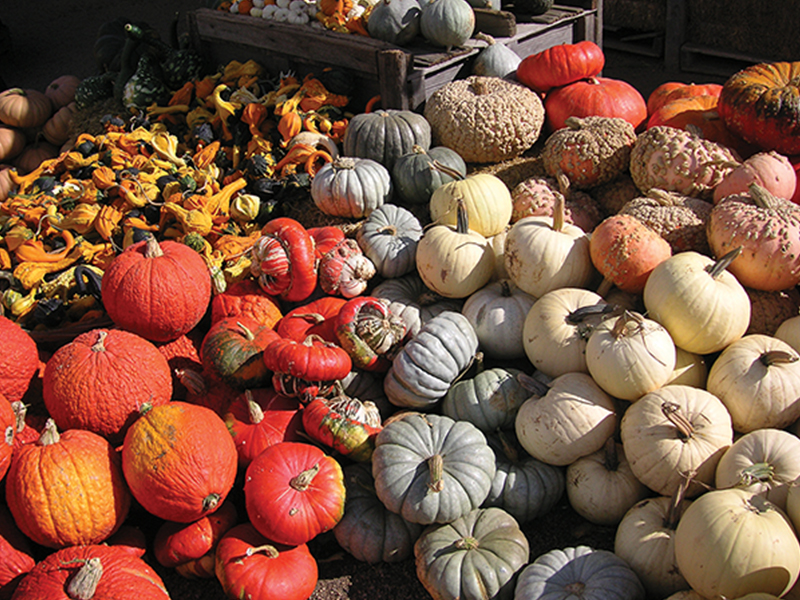Spring Equinox brings greens, eggs, fresh food after the long winter. Our rural ancestors immediately began storing food towards the next winter. Now most of us live in a city. Having food available in emergencies is an important practice. I’m sharing specifically urban methods for food storage. As inflation continues to raise food prices, what we explore here may interest you from that perspective as well.
With thanks and admiration for Dana O’Driscoll

Spring Equinox is one of two times a year when our planet balances the hours of day and night. Spring Equinox brings greens, eggs, fresh food after the long winter. Our rural ancestors immediately began storing food against the next winter. I learned Aesop’s Ant and Grasshopper story as a child. Where I live we have both creatures. The ants are opportunistic, with a driving value of waste not, want not. In the spring, grasshopper cousins, locusts, sit in the trees and sing from dawn to dusk. Ants prepare for “winter,” grasshoppers don’t. In Aesop the moral is obvious: when winter comes ants thrive, grasshoppers die.
Urban and Rural Food Realities
I read Dana O’Driscoll’s blog, The Druid’s Garden, with great appreciation. Dana advises getting to know the land within three to five miles of your home. On her blog you learn about the tall and understory trees on her mid-North American homestead, and how to recognize food plants and prepare/preserve them. She takes people back to an earlier way of living – a choice to live in a rural environment. Much of my first version of Spiritual Seasonings: A Life Recipe Book also focuses on traditional methods of food preparation. The intent is to remember, embrace ancestral knowledge, and to reskill (Dana’s word) our head and hands. For Dana, her food storage processes bring her joy, so she works hard, like the ants, but she also practices grasshopper joy, often using rituals (and teaching them) for connecting with and decorating the land. I think it is critical to embrace both behaviors.
When people live in a city (if you’ll pardon the word play) a root connection to the planet often is lost, even in temperate zones. It isn’t practical to tap a tree and make syrup with a rocket stove in the heart (or even the suburb) of a city. Most of us live in a city, however, and food habits tend to be weekly, even daily, as people stop by a store or restaurant on the way home. Having food available in emergencies is an important urban practice.
Cities are exploring how to live close to the land and sustainably. Part of that movement is conversion from fossil fuels to solar, to green cities with parks, gardens on rooftops and between buildings, to recognize and supply food deserts, and encourage communal gardens. All this is to the good for city dwellers and for our planet. However, conversion takes time and there are strong oppositional lobbies (real estate, developers, fossil fuel producers, etc.).

Photo Credit: James Wainscoat
Three Immediately Available Urban Pathways
I’m thinking how important it is to remember the ant behavior of storing food against emergencies. Below are three specifically urban methods for food storage. They are three life-changing habits that bring you closer to the earth through the food you store, prepare and eat. As inflation continues to raise food prices what we explore here may interest you from that perspective as well.
1. Your Table Meals – a little work (ant), a lot of joy (grasshopper)
The purchase, preparation and storage of food is life giving. If you live near a store that features fresh farm produce, or a farmers market, when you pick up a fruit, lettuce, potato – hold it, look at it, think about its pathway from your hand back to where it grew. In a world experimenting with 3-D printed food, buy soil-grown plants that establish this direct connection to the planet.
Connect, perhaps through the farmers market, to people who farm. There are farmers that produce and deliver shares to you. Many encourage you to go out to the farm one Saturday a month to help out. Community gardens also allow you to touch the earth, plant a seed, water a seedling, watch growth, harvest. One person in our local Botanic Garden community plots only planted regularly-eaten foods from unfamiliar plants. One summer, two artichoke plants took up his entire plot.
2. Stop Food Waste – Grasshopper waste vs Ant habits
In the USA around a third of what is purchased goes to waste in our refrigerators and cupboards. It costs the country’s economy $240 billion each year – just under $2000 per average household. At the same time more and more people in this country go hungry. This is a problem with an immediate solution.
I store a lot of food in glass jars where I can see what is in them. My goal is to make the food visible and easy to access. Both in cupboards and in the refrigerator I move the oldest jars to the front and use the contents immediately, trying to keep no prepared food longer than three days. I also take grains out of paper and plastic packaging and store in glass jars.
I do not refrigerate my greens – I clip their stems and store them on the counter in glass with a bit of water at the base (like flowers). They stay fresh, and when I see them, I use them.
I label the packages in the freezer and organize A on one side, front, B behind, C on the other side, etc. through the shelves. I can visibly see when I have a lot or nearly nothing of something.
And should something spoil, I compost it (not meat). All you need is a patch of earth and a shovel – crush your eggshells, and dig it all in. Community gardens often have compost bins.
Maybe this all sounds like too much Ant work – but tools can be acquired, and habits take only a few weeks to establish. Then there is only keeping watch, and very limited waste. The grasshopper didn’t prepare towards winter, but didn’t waste either; as far as I know, ants waste nothing.
What is your church or other organization doing about food waste? Many support soup kitchens and show up to serve stew to the poor. Another step would be to train people to stop waste with healthy food consumption, preservation, and storage. These workshops can be Grasshopper fun for people, with Ant outcomes.

Photo Credit: Jake Charles, Unsplash
3. One Year Food Storage
When writing Spiritual Seasonings I worked with a Latter Day Saints friend to prepare a year food storage process. The LDS folks have a supply chain worked out for the cities now, but during the Depression they did not – most LDS folks lived near the land. They were required by the church to store three years of food and rotate it. One result of this dictum was a severe gender separation of roles. Another was that not one LDS person was in the food lines during the Great Depression.
City dwellers may can a crate of pickles or peaches for fun, but mostly likely are going to purchase their food. We have seen recent news reports of what disappears first in disasters: food at the grocery store (and toilet paper).
Food and supplies storage is possible in the city and a very real hedge against most disasters or inflation. A house/townhouse/condo with storage may have always dry, below ground storage possibilities. As a city raised child I was sent to our dry, dark basement pantry shelves for food at least twice a week. Even an apartment has some storage room: empty the one that holds all the stuff you don’t use, sell it, buy shelving and see through containers. The space needs to be dry, cool, and protected against mice, bugs and sunlight.
Laying in the stock is usually done in one of two ways:
1) Take money from savings, your list, and spend a Saturday at wholesale businesses buying cases and cartons of non-perishable foods. Sunday put them on the shelves. You cycle/rotate the food as you use it: when one case is used up, the others move forward, and a new case is purchased which goes in the back. It’s great to have shelves that can be accessed both front and back. With this method, you didn’t have food storage and two days later you do.
2) For those without ready money, the method is to always buy two jars/cans/cartons and put one to use and one on the shelf. Next time at the store buy two again, using the old one on the shelf and storing the two new ones. It’s slower, so start with the food that would be most useful to you in an emergency.
If you find that the food you buy to store is less expensive than quick filler foods, slowly substitute them in your diet. It takes the body three months to adjust to new food habits; during a crisis isn’t the ideal time to make that adjustment.
One blessing of rotation is the rapid discovery of pests. Almost all pest damage is controllable by the use of airtight storage containers you can see inside.
I’m providing the chart from Spiritual Seasonings we prepared with a list of food for a year’s storage. This is serious business: each of the items is for one person per year. Begin by deciding what kind of emergency makes sense for you – e.g., very bad weather (one month), money crash (one year), world wide supply shutdown (three years)? We’ve provided a chart for you to fill in what makes sense for your eating patterns. My own cycle is about three months of food, supplemented by fresh vegetables, butter, etc. In a long term emergency we could stretch supplies by cutting back consumption.
Advice From My Own Practice
- You may not prefer to eat all of these foods – replace the ones you don’t with food you do.
- Don’t replace peanut butter with potato chips. The first things missing from the raided grocery stores were chips and crackers: snacks don’t feed you. Canned chili does.
- Grains keep much longer than flours. Many years ago I would hand grind grain to flour, but now I store bagged flours in a large tupper on the floor. I turn flours over in a one to three month rotation.
- Make sure you have a variety of foods. It is better to have a three-month supply with variety than a year of just basics.
- If you store water it will go flat; however, you can re-oxygenate it by whipping it in an open container.
Once you have this system in place, you can shop once a month for staples and once a week for proteins, butter and liquids. This saves time (lots of it). It also protects the climate as gasoline is an extraction product that pollutes the air.

Spring Equinox Emotional Balance
Food and water are real concerns in an emergency. Food storage serves to protect against stock market crashes, depressions, inflationary periods, layoffs, disasters. Do you think about having food in an emergency, even worry about it? The ideas here, put in place, relieve that anxiety. No answer is perfect – if the house is destroyed by a fire or flood, it’s all gone. But for just about any other emergency imaginable, food storage is an ancestral practice you can put in place today.
I don’t believe we are Ant people, nor Grasshopper people. We are created with bodies and minds capable of hard work, and with hearts of joy. Equinox calls us to Balance… to embrace both aspects of our lives in equal measure.

All blessings on your explorations.
Please share your experiences with food storage.
Comment box is at the end of the page.






I live in a city where there is a lot of local food available. I buy my meat from a rancher who raises animals using organic sustainable methods. I don’t compost–I live alone and have very little food waste, but the little I do have, like apple cores, I throw into a patch of dirt for the animals. It’s always gone the next morning. Thanks for all your suggestions.
Nancy, thank you so much for sharing how you manage food in your city. I’m very glad there is a lot of local food available. And I loved the “patch of dirt for the animals”. That’s my experience as well.
Lola, I absolutely love the details in this advice! One of the reasons I moved to the Eastern Shore is local farming and longer season farmer’s markets. I also have a back yard, versus a small patio. Bought a compost bin shortly after moving in. Just bought and planted two fruit trees. That said, I need to get better at the practice of rotation: assess and use before it expires. Thank you for the chart. So much to learn. Thank you for posting!
Lara, thank you for sharing your Eastern Shore practices. When I separated out “rotate food” into different buckets it really helped: glass jars for the refrigerator left-overs/soups, etc., and buying monthly, and three monthly commonly used items. But the biggest change was to stop going to the store; I looked in the refrigerator and on the shelves in the morning and figured out what the meals for the day would be.